How we selected a site
This decision followed extensive technical studies, community engagement and people in the area confirming their willingness to host the project.
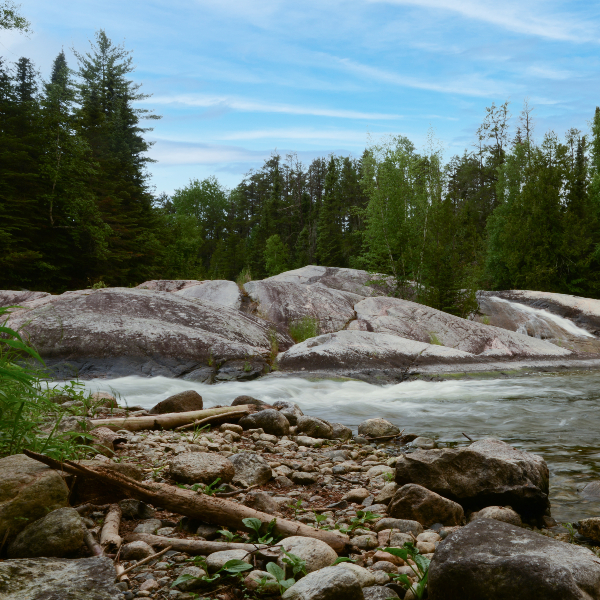
About the site selection process
The process to select a site for Canada’s plan to safely manage used nuclear fuel over the long term started in 2010.
By 2012, 22 communities had proactively expressed interest in learning about the project and exploring their potential to host it.

The site selection process emerged through a two-year dialogue. It reflected the ideas, experience and best advice of a broad cross-section of Canadians who shared their thoughts on what an open, transparent, fair and inclusive process for making this decision should include. It was built on a set of guiding principles and was developed within our ethical and social framework.
The site selection process was designed to ensure:
• The selected site is safe and secure;
• It has informed and willing hosts; and
• It meets the highest scientific, professional and ethical standards.
Together with communities, we assessed potential sites’ ability to meet the project’s robust safety requirements, the possibility of developing a safe and socially acceptable plan to transport the used nuclear fuel to the site, and the potential to build supportive and resilient partnerships.
In 2024, the Township of Ignace and Wabigoon Lake Ojibway Nation confirmed they would be willing to host the project.
Each of the communities developed their own processes for defining willingness and determining how they would express it.
Canada’s plan for the safe, long-term management of used nuclear fuel is now moving forward.
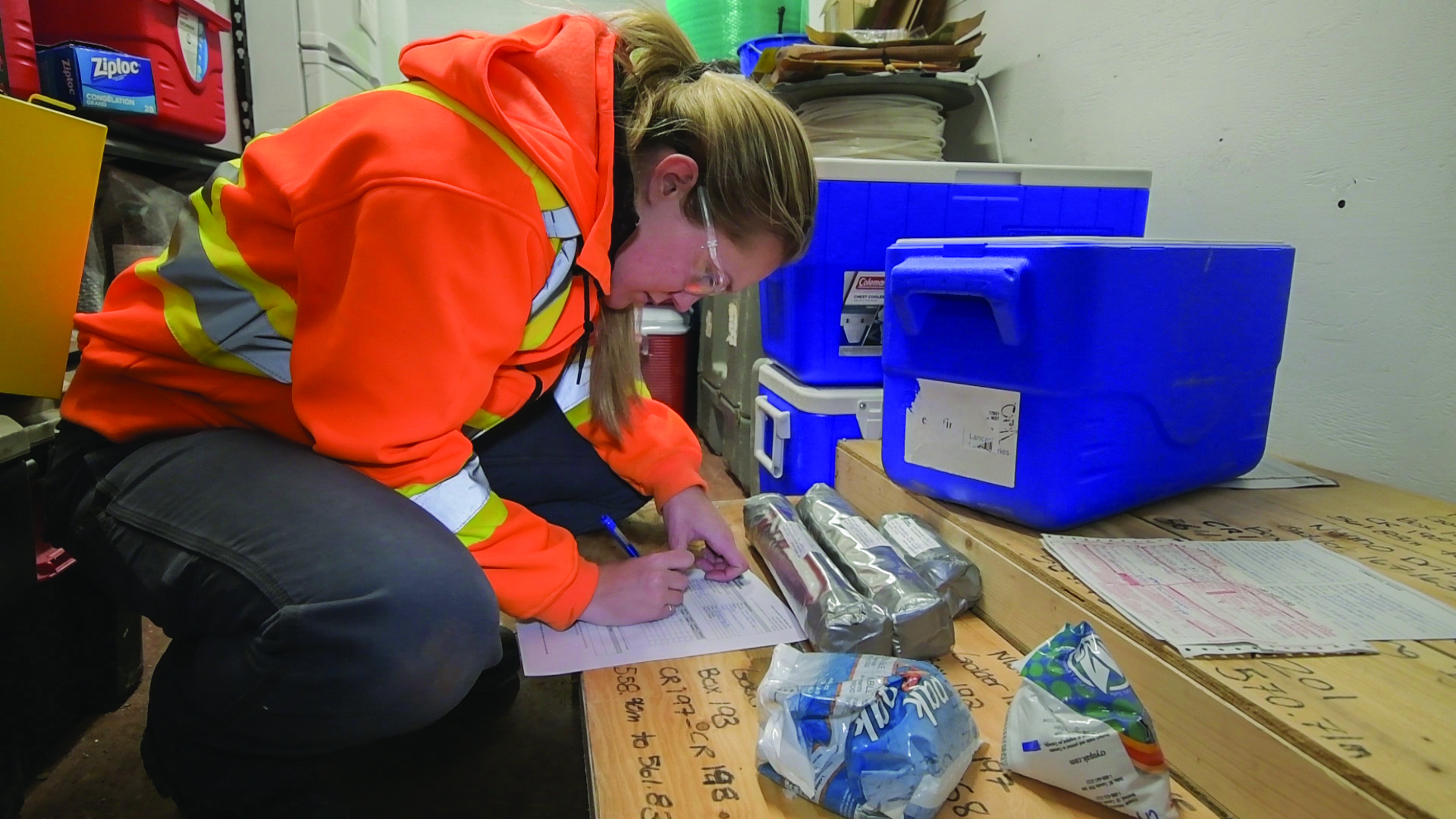
Site requirements
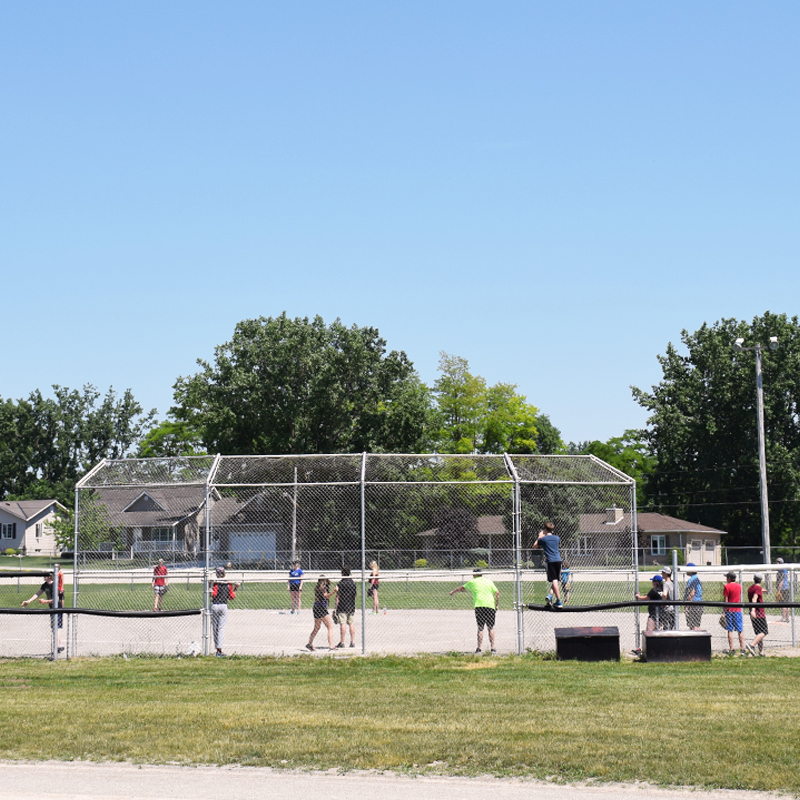
Community well-being
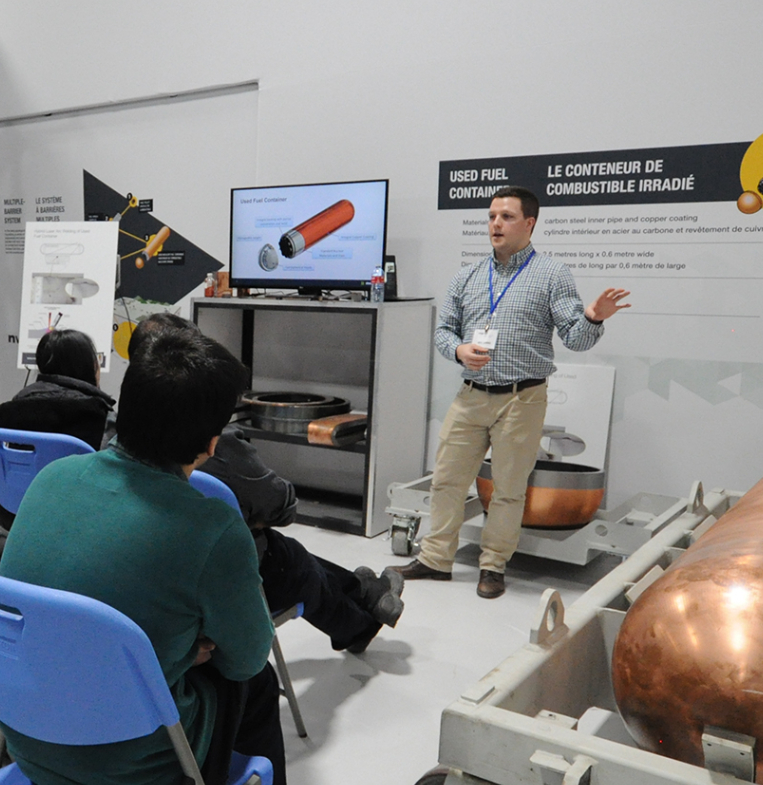
Confidence in safety
Our Confidence in Safety report summarizes our understanding of the siting area. Based on years of research and field work, it concludes that the site can meet the project's requirements to contain and isolate used nuclear fuel in a way that will protect people and the environment.
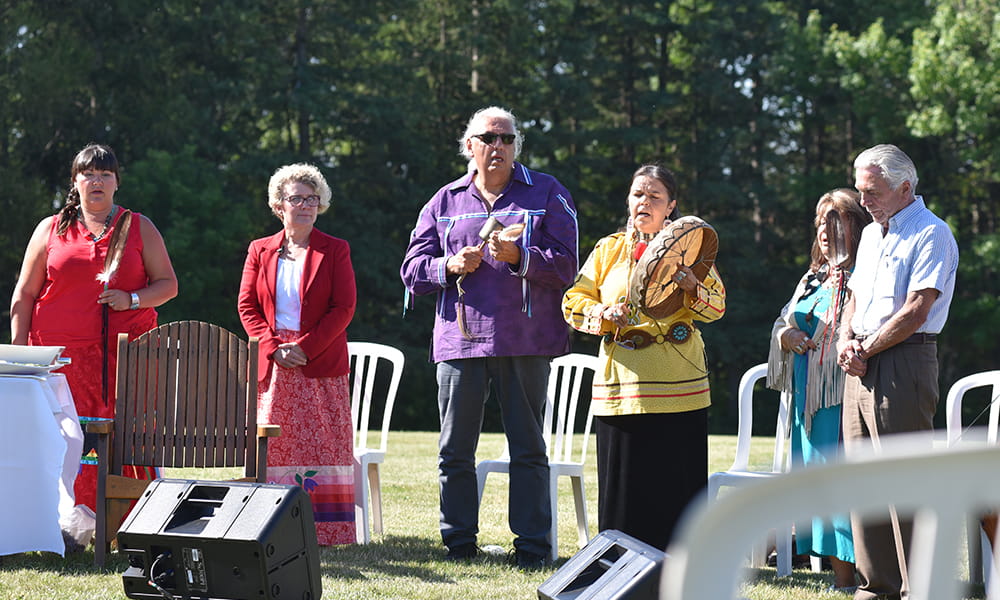
Indigenous Knowledge
We continuously seek to align with the Indigenous Knowledge shared with us by Knowledge Holders working with the NWMO and those from the host communities.
As we continue to move through the regulatory decision-making process and engage with communities, there is an opportunity to learn from local Indigenous Knowledge and apply that learning.
